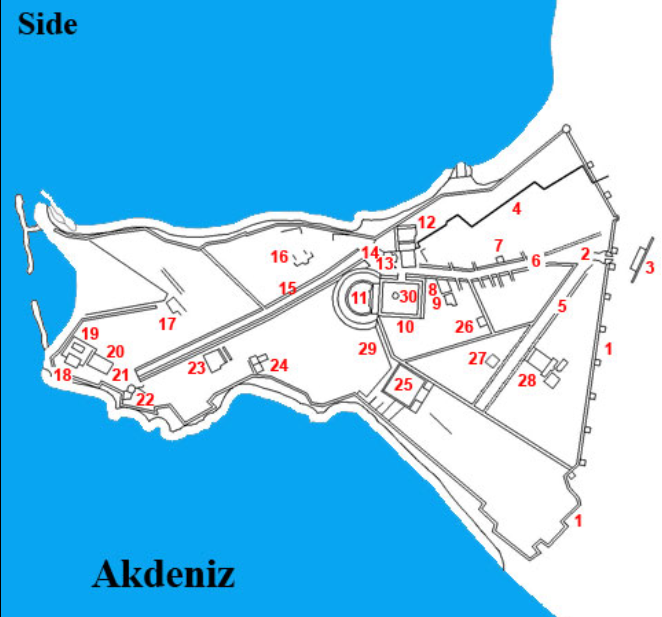SHOPPİNG & HISTORY MANAVGAT
A day of historical sightseeing and shopping...More information in the description below.
- Category: DAİLY EXCURSİONS & PACKAGES TOUR TURKEY
- Service Length: 45 Minutes
- Price:Free
Description
MANAVGAT MOSQUE
The city has a large modern mosque with four minarets built in 2004. Replica of the Imperial Mosques of the 16th century.
The Kulliye Mosque, which was opened 7 years ago in Antalya's Manavgat district, became a model for the Mediterranean Region with its architectural structure and interior decoration. Tourists visiting the world-famous tourism city Manavgat, sightseeing and shopping to Side Antique City do not return to accommodation facilities without stopping by the Kulliye Mosque, where they admire its architectural structure.
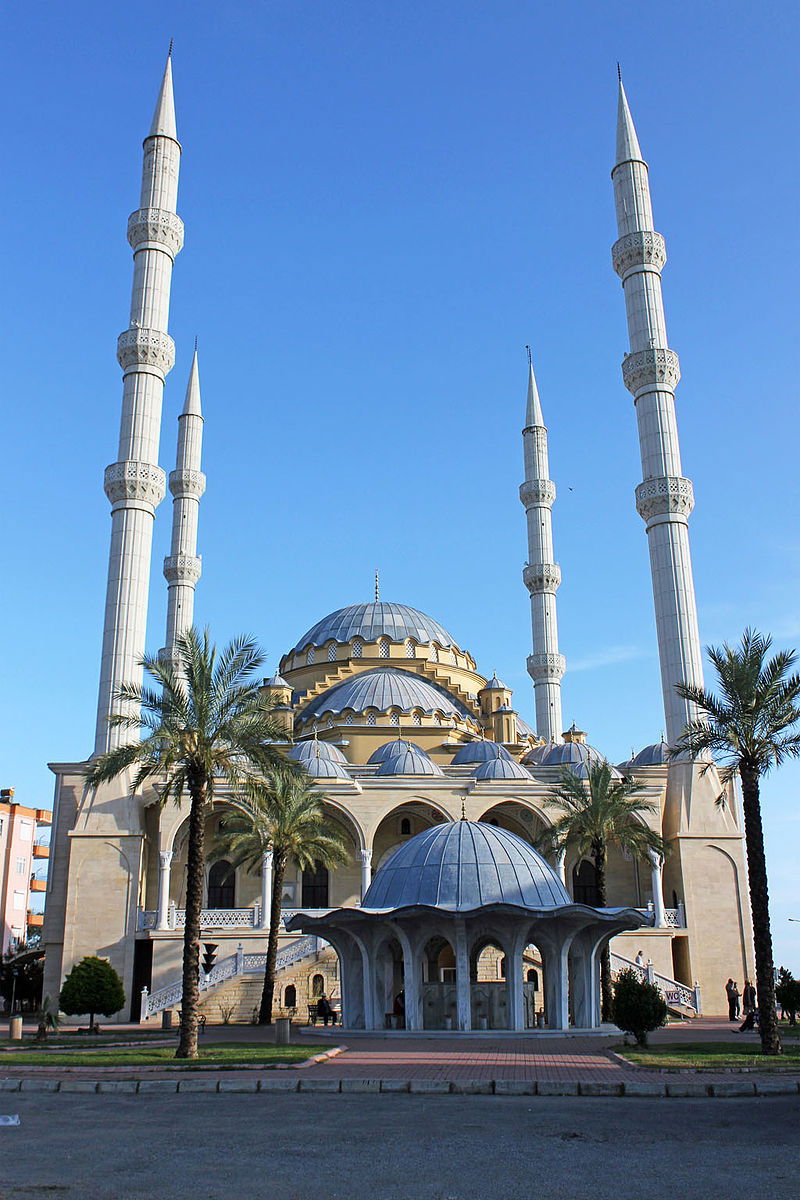
There are sources with the Koran in English, Russian, German, French, Dutch and Italian languages sent by the Presidency, and it offers the opportunity to understand Islam for tourists visiting the mosque.
NOVA MALL SHOPPİNG CENTER
Novamall is hosting 120 new brands in Manavgat which is the second largest city in Antalya and one of the most important tourist destinations.
Novamall is located at the middle point of Antalya-Alanya highway, where 30 thousand vehicles pass daily. And it is 75 km away from Antalya.
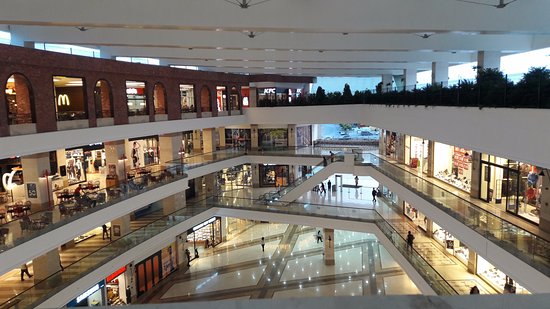
Novamall has 120 famous brands, one of the most important tourist centers in Manavgat. The shopping center, which draws attention to the sizeable child-adult entertainment area and 4,000 m² food court area of 1.000 m², is a lively place of the region with unique activities. Novamall provides a comfortable shopping environment to visitors with the 500 covered and total parking lot capacity of 1.000 vehicles.
SIDE ANCIENT CITY
Side, which was the most important port city of Pamphylia in ancient times, was established on a 350-400 meter wide peninsula located 80 kilometers east of Antalya and 7 kilometers southwest of Manavgat.
Side VII BC. century became a settlement center. VI BC. Century, together with Pamphylia, it came under the rule of the Lydian Kingdom, and after the collapse of the Lydian Kingdom in 547/46, it came under the rule of the Persians. The city, which preserved its freedom to some extent during this period, minted coins in its own name.
Side, which opened its doors to the Macedonian king without any resistance during the Anatolian expedition of Alexander the Great (334 BC), later became one of the major coin minting centers established by Alexander.
After the death of Alexander, Side, which constantly changed hands between the Hellenistic period kingdoms, BC III. century, first under the rule of the Ptolemies and in 215-189 BC by the Seleucids. The city mostly had friendly relations with Antiochus III, provided the support of the Kingdom of Syria to the kingdoms of Pergamon and Rhodes, and took sides with the Seleucids with the Side fleet in the war against the Romans.
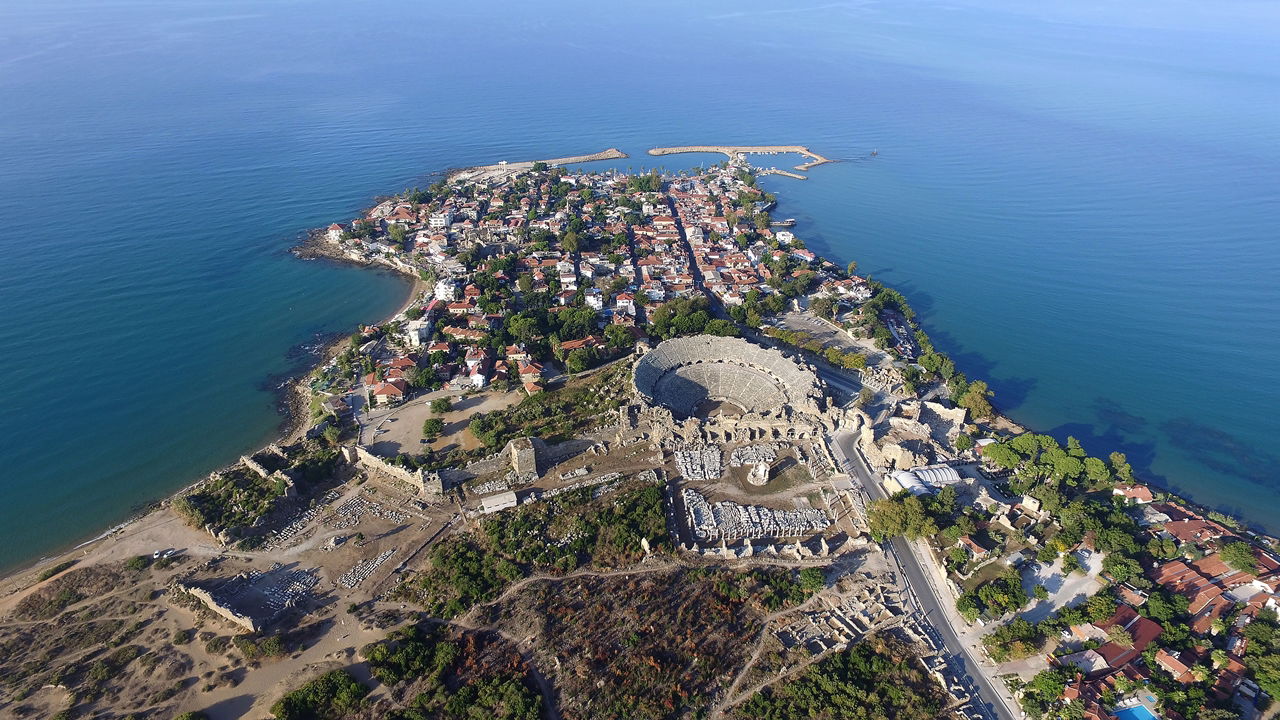
When the Seleucids were defeated at the end of this war, Pamphylia and Side were given to the Kingdom of Pergamon according to the Peace of Apameia in 188 BC. On the other hand, Side regained its independence after a while and lived one of the brightest periods in history.
The fact that Antiochus VII, who took the Syrian throne in 138 BC and later took the nickname "Sidetes", was sent to Side to study in his youth, is an indication of how important the city is in the Eastern Mediterranean. This brilliant period of the city did not last long. Piracy, which started in Pisidia and mountainous Cilicia regions in the 1st century BC, jumped to Pamphylia and therefore Side, and the Sides, who could not cope with the pirates, had to open their ports and markets to them.
Finally, after the Roman Consul Publius Servilius cleared the region from the pirates in 78 BC, Side was attached to the Roman Empire like the other cities of Pamphylia. After 25 BC, Augustus turned the Pamphylia region into a state directly governed by an official subordinate to him. After this date, Side is a city in the province of Rome. MS II. and III. lived a bright period in the centuries Side, IV. century, it looks like a Christian city that got poorer. V. and VI. In the third and last centuries, the city became the capital of the Eastern Pamphylia Metropolitan. IX. Byzantine emperor Konstantinos Porfirogennetos (913-959) mentions the city as a "nest of pirates" in his work "De Thematibus".
The Arab geographer Idrisi, on the other hand, names Side (towards 1150) as "Burnt Antalya", and states that its people were settled in "New Antalya", which is two days away.
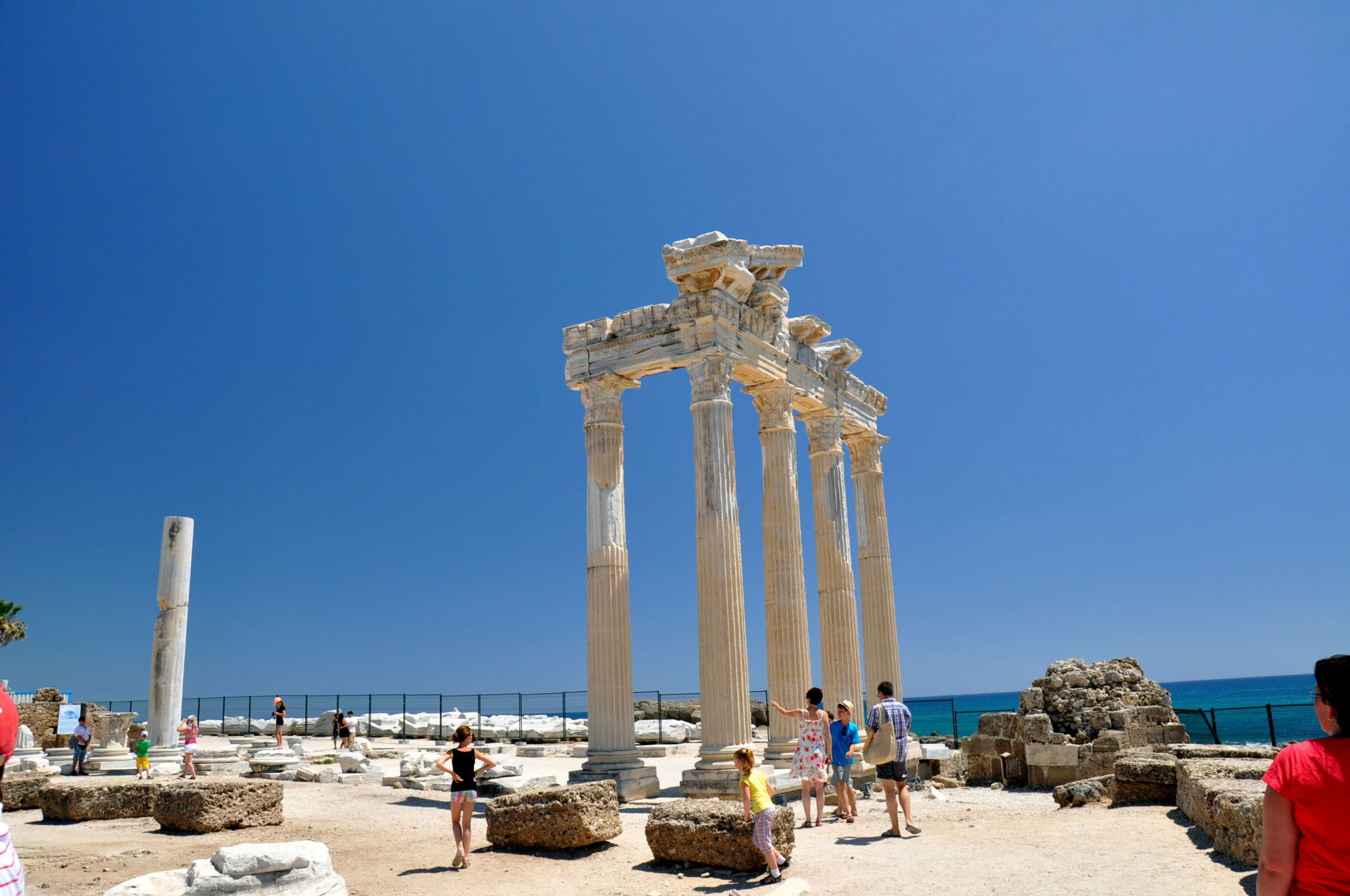
On the ruins of Side Ancient City, known as a trade and port city, XX. Selimiye Village was founded by Cretan immigrants in the early century. Side, built on a peninsula, runs along a monumental street that starts from the main gate of the city, as in other Pamphylia cities. The main street, starting from the "Big Gate" in the northeast, runs along the peninsula in an almost straight line except for the curve in front of the Theater and ends with a large square near the temples. The second major street of the city extends from the “Big Gate” to the south of the city. Both streets are columned, on both sides there are porticoes with Corinthian capitals and a row of shops behind them.
INCLUDED:
Entrance to the various sites visited
Transfer
NOT INCLUDED
Meals and drinks
personal expenses
Side ancient city plan
1 land wall
2 main gate
3 nymphaeum
4 aqueduct
5 Kolonnadenstrasse
6 Kolonnadenstrasse
7 peristyle house
8 house
9 house
10 trade agora
11 theaters
12 thermal baths, now a museum
13 Triumphant goal
14 Temple of Dionysus
15 Kolonnadenstrasse
16 basilica
17 harbor thermal baths
18 Temple of Apollo
19 Temple of Artemis
20 South Basilica
21 temples
22 large fountain
23 Great thermal baths
24 Byzantine building
25 State Agora
26 Byzantine building
27 Baptistery
28 Bishopric and basilica
29 Pilippus Attius Mauer
30 Temples of Tyche
